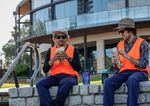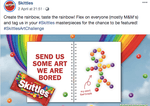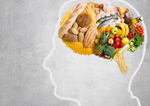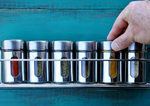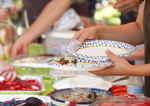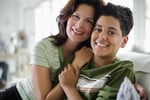Pass the salt: LiveLighter’s top tips to reduce your sodium intake
by LiveLighter,
- March 29, 2023
- Leave a comment
Found in salt, sodium is a mineral that our bodies need to regulate healthy blood circulation, muscle and nerve function, and to balance fluids. But we need to be careful about how much we consume. Too much in our diet can lead to serious health issues such as high blood pressure, heart disease, and stroke.
Read on for our top tips to reduce the salt to improve our health.

How much salt is too much?
Adults should aim to have no more than 1 teaspoon of salt (or 2,000 mg of sodium) daily. Anything above this increases risk of disease.
Salt is hidden in many “everyday” foods like breakfast cereals, sauces, spreads, plant-based burgers, and sweet biscuits to improve flavour or act as a preservative. Around 75% of our salt intake comes from packaged, tinned, or processed foods, including junk food.
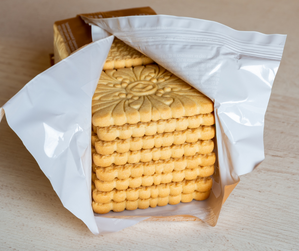
Supermarket shopping tips
The best way to know how much sodium is packed in a product is to check the per 100g column in the nutrition information panel. Go for products with less than 120mg of sodium per 100g.
Try the traffic light labelling method next time you’re in the supermarket to determine if a product has too much sodium.

Going for ‘reduced salt’ or ‘no-added-salt’ options, where available, can also help!
Salt swaps in the kitchen
Next time you’re in the kitchen, try experimenting with herbs or spices like chilli, citrus, pepper, and garlic instead of salt. They’re great ways to pack flavour into our home-cooked meals without the added sodium.
Helpful tip: In 4-6 weeks, your tastebuds will adapt to eating lower amounts of salt and start to appreciate the natural flavours in food.
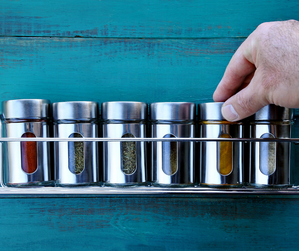
Our favourite low-sodium swaps
Try making the switch to the below LiveLighter recipes to still enjoy your favourite foods while keeping your sodium intake in check.
For breakfast
Swap Rice Bubbles (420mg of sodium per 100g) with LiveLighter’s healthy homemade muesli (38mg per 100g)
Our homemade muesli is a great swap for packaged cereals, which can be packed with both sodium and sugar. This recipe features rolled oats – they're high in fibre, which is great for your gut and keeps you fuller for longer, and can be paired with almost any nut, dried fruit, and seed combination.

For a side of fries
Swap Hungry Jack's fries (522mg of sodium per 100g) for LiveLighter’s chunky chips. (522mg of sodium per 100g) for LiveLighter’s chunky chips.
Low-sodium hot chips do exist! Better yet, this recipe only takes around 30 minutes to whip up.

For a main meal
Swap Domino’s BBQ Meatlovers pizza (643mg of sodium per 100g) with LiveLighter’s healthy homemade pizza (159mg per 100g)
Skip the pre-packaged or takeaway pizza and swap it with a homemade one that’s lower in sodium! Get the whole family involved with mixing and matching toppings and bases
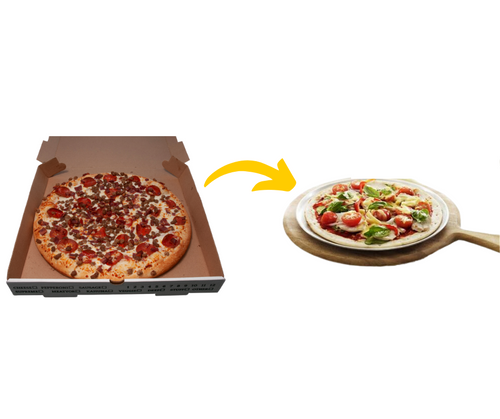
Serving suggestion: Try swapping a traditional pizza base with pita bread, tortillas, wraps, English muffins, or Turkish bread for something different!
For dessert
Swap an instant pudding (364mg of sodium per 100g) with LiveLighter’s healthy orange semolina pudding (31mg per 100g)
The proof is in the pudding! Leave room for dessert, as this pudding is lower in sodium than commercial products and perfect for serving to family and friends.
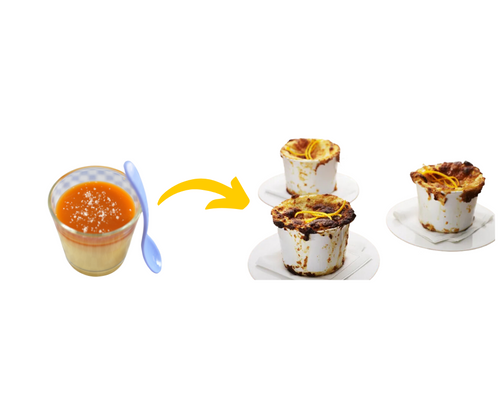
Handy hint: Semolina is made from durum wheat and is yellow in colour. You will find it in most supermarkets in the baking aisle.
We’d love to hear from you!
Do you have a swap in mind? Please share your ideas in the comments below or tell us in an email at livelighter@cancervic.org.au
